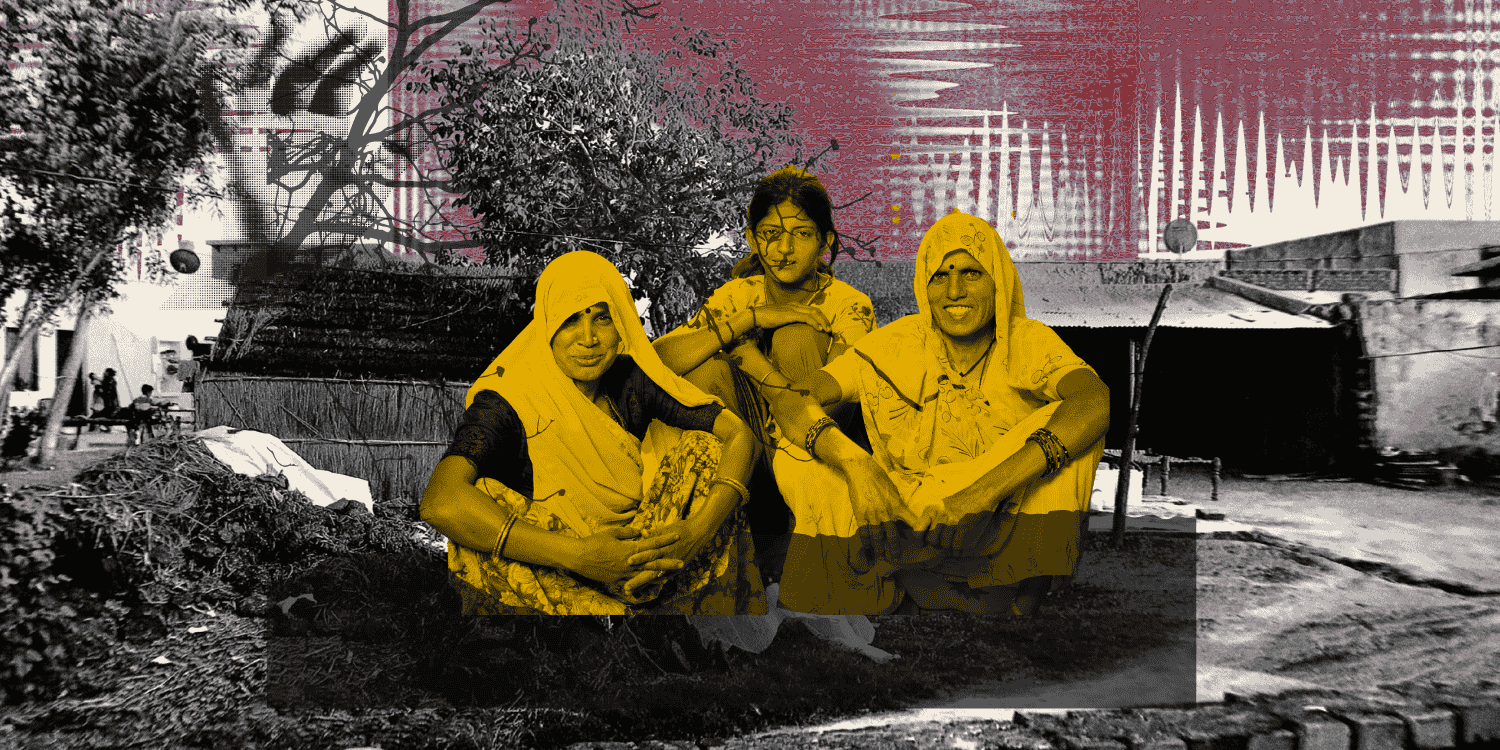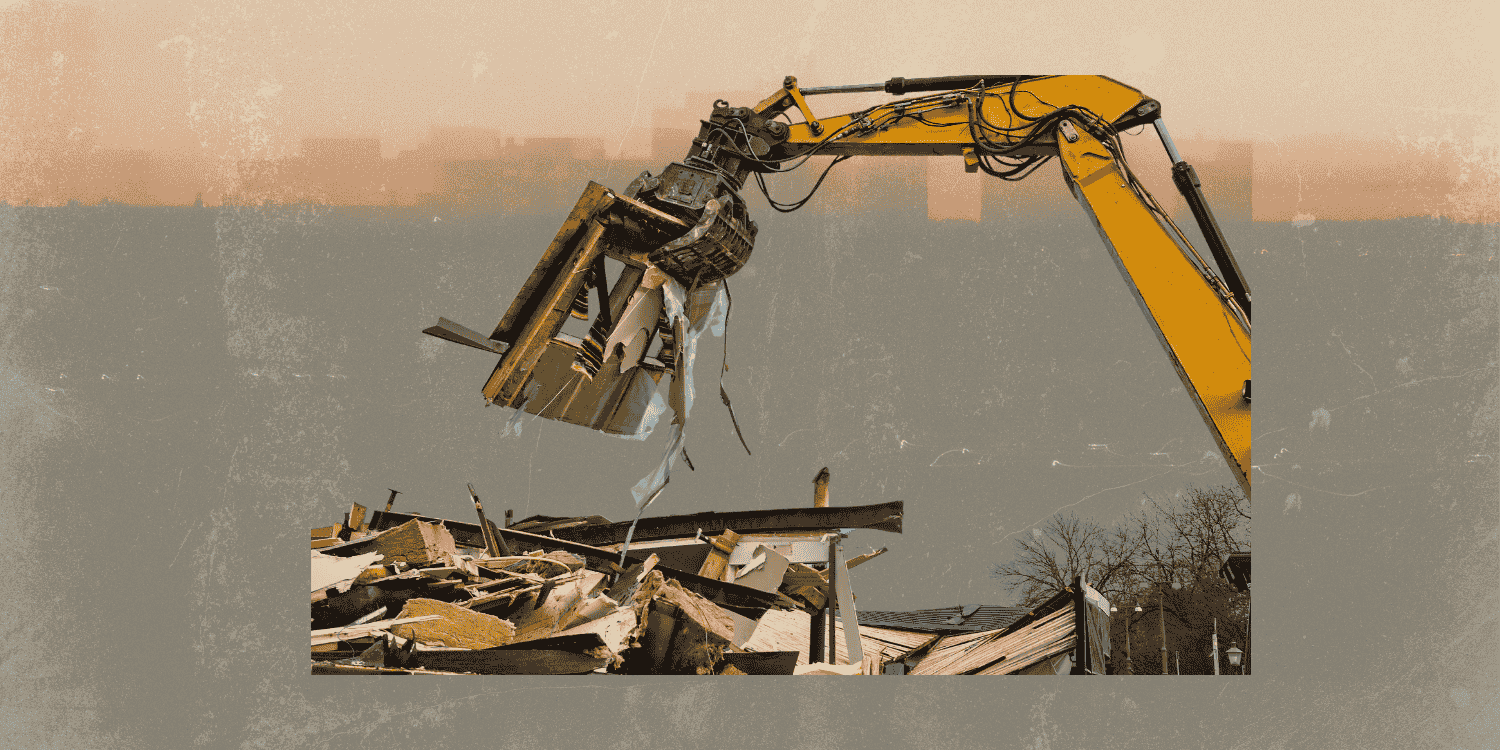ABSTRACT
The concept of ‘One Nation, One Election’ suggests the conduction of simultaneous elections for the Lok Sabha and the state assemblies once in five years. Currently, there are about 5-7 elections to the State Assemblies every year, a situation which ends up adversely impacting the processes of development and governance. Continual elections and the lack of a legislative calendar also cause a disparity in the parliamentary proceedings. In this issue brief, Arunav Chetia explores the advantages of having simultaneous elections country-wide, as well as criticisms and potential problems. Finally, the brief suggests a possible arrangement for elections that can decrease the current frequency of elections in the country in the near term, thereby reducing the routine interruptions in the delivery of various welfare programmes.
INTRODUCTION
The impact of frequent elections on governance and policymaking has been the subject of much debate for quite a few years now, with the proposal to reform the electoral process also being floated. The past few months have seen state elections taking place in Haryana, Maharashtra, and Jharkhand within a short period after the Lok Sabha elections of 2019, while the Delhi Legislative Elections is slated to take place on 8th February, 2020. Considering the situation, addressing the fundamental problem of frequent elections and lack of a legislative calendar in the country has been one of the top priorities for the current government. As a potential solution, the Central Government under the leadership of PM Narendra Modi has proposed to implement ‘One Nation, One Election’ in the country.
THE IDEA OF ‘ONE NATION, ONE ELECTION’
The idea of ‘One Nation, One Election’ deals with conducting simultaneous elections for the Lok Sabha and the state assemblies once in five years. This will involve the restructuring of the Indian election cycle in a manner that the state and central elections synchronize.
The idea of simultaneous elections is not new to the country. The general elections of 1951-52, 1957, 1962, and 1967 were held simultaneously for both the Parliament and the state assemblies. However, the cycle was disrupted by political upheavals which led to midterm elections for Kerala and Odisha in 1960 and 1961 respectively (Panda 2016). This was followed by several disruptions caused partly due to lack of a clear mandate or the mid-term collapse of a government and by the frequent use of Article 356 and Article 352, which extended the elections. Over the years, several Lok Sabhas and State Assemblies have been prematurely dissolved. As a result, the cycle of simultaneous elections has been disrupted (Debroy and Desai 2017).






